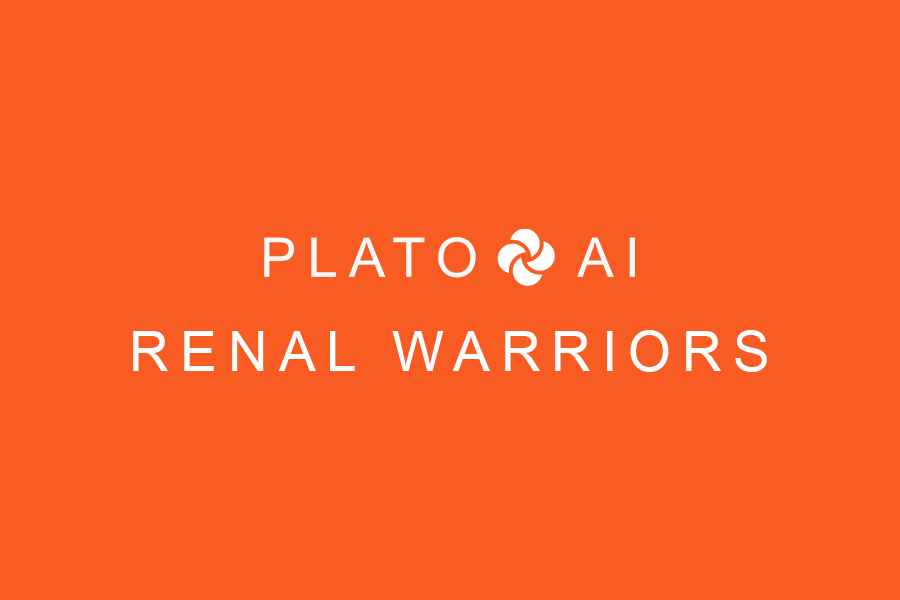In the medical field, assessing a patient’s volume status is crucial in determining their overall health and well-being. One common method used to assess volume status is through the measurement of the inferior vena cava (IVC) using ultrasound technology. However, there are some key differences between IVC ultrasound and traditional volume status assessment methods that are important to understand.
IVC ultrasound is a non-invasive imaging technique that allows healthcare providers to visualize the size and collapsibility of the IVC, a large vein located in the abdomen that carries deoxygenated blood back to the heart. By measuring the diameter and collapsibility of the IVC, healthcare providers can gain valuable information about a patient’s volume status. A dilated and non-collapsible IVC may indicate fluid overload, while a collapsed IVC may suggest dehydration or hypovolemia.
On the other hand, traditional volume status assessment methods such as physical examination, vital signs monitoring, and laboratory tests are also commonly used to assess a patient’s volume status. These methods involve assessing factors such as blood pressure, heart rate, urine output, and serum electrolyte levels to determine if a patient is hypovolemic, euvolemic, or hypervolemic.
One of the main differences between IVC ultrasound and traditional volume status assessment methods is the level of detail and accuracy provided by each technique. IVC ultrasound allows for real-time visualization of the IVC and provides quantitative measurements of its size and collapsibility, making it a more precise method for assessing volume status compared to traditional methods.
Additionally, IVC ultrasound is a non-invasive and painless procedure that can be performed quickly at the bedside, making it a convenient tool for healthcare providers to use in a variety of clinical settings. In contrast, traditional volume status assessment methods may require more time and resources to perform, and may not always provide as accurate or immediate results as IVC ultrasound.
Overall, both IVC ultrasound and traditional volume status assessment methods have their own strengths and limitations when it comes to assessing a patient’s volume status. Healthcare providers should consider using a combination of these techniques to obtain a comprehensive understanding of a patient’s fluid status and make informed decisions about their care. By understanding the differences between IVC ultrasound and traditional volume status assessment methods, healthcare providers can improve their ability to accurately assess and manage patients with fluid imbalances.
- The Renal Warrior Project. Join Now
- Source: Plato Data Intelligence.
- Source: https://renal.platohealth.ai/ivc-ultrasound-and-volume-status-assessment-are-they-the-same/

